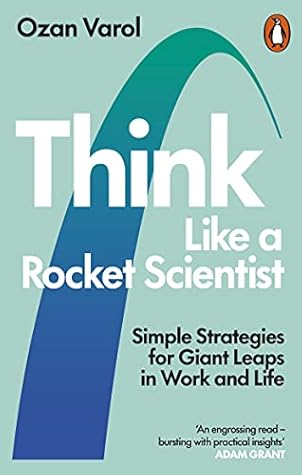More on this book
Community
Kindle Notes & Highlights
by
Ozan Varol
Read between
January 11 - May 9, 2022
Failure is data—and it’s often data you can’t find in a self-help book. Intelligent failures, if you pay them proper attention, can be the best teachers.
By learning not to fall, we learned how to walk.
“There are two parts to failure,” Pixar’s former president Ed Catmull writes. “There is the event itself, with all its attendant disappointment, confusion, and shame, and then there is our reaction to it.” We don’t control the first part, but we do control the second. The goal, as Catmull puts it, should be “to uncouple fear and failure—to create an environment in which making mistakes doesn’t strike terror into your employees’ hearts.”
Even genius isn’t blunder-proof.
As Bill Gates says, success is “a lousy teacher” because it “seduces smart people into thinking they can’t lose.”13 Research supports this intuition.
Luck, as E. B. White put it, “is not something you can mention in the presence of self-made men.”18 Having worked hard to get to where we are, we resent the suggestion that anything other than elbow grease and talent produced the outcome.
The modern world doesn’t call for finished products. It calls for works in progress, where perpetual improvement wins the game.
“There are two different occasions upon which we examine our own conduct,” wrote Adam Smith, “and endeavour to view it in the light in which the impartial spectator would view it: first, when we are about to act; and secondly, after we have acted.”62 A postmortem covers Smith’s second suggestion, and a premortem covers the first.


